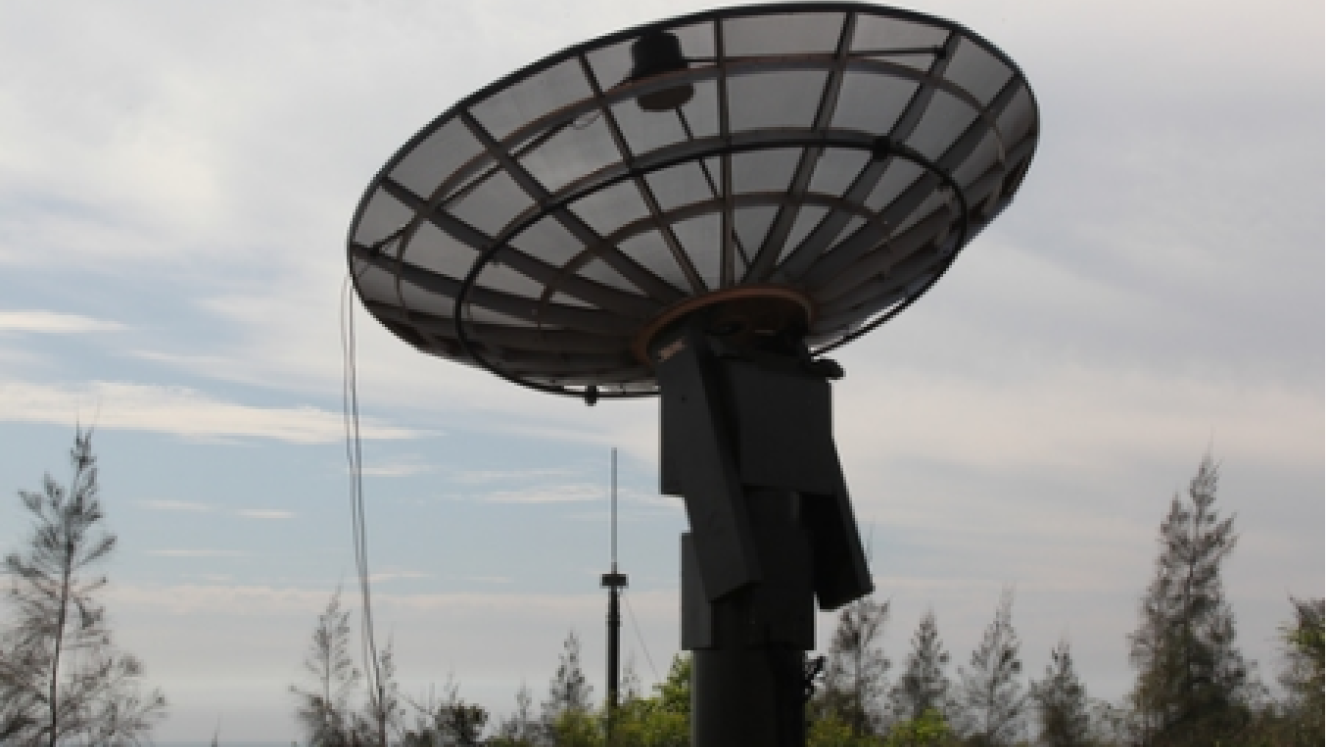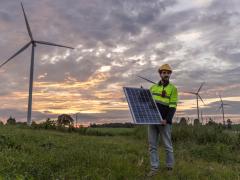The Chinese Meridian project (CMP) will integrate data from hundreds of ground-based instruments to monitor space weather between the Sun and Earth.
There’s a great deal going on between Earth’s atmosphere and the Sun. Accurately forecasting conditions in this area of space is challenging but critical to the safety of astronauts, satellites and ground-based systems such as power grids. Doing so requires a combination of monitoring techniques to track specific aspects of the Sun, solar wind, the ionosphere and more. Later this year, a new large-scale network is set to significantly enhance scientists’ ability to watch and predict how events on the Sun will affect Earth.
The CMP is projected to provide continuous monitoring of multiple spatial layers of the solar-terrestrial space environment, enabling more rapid detection and more accurate forecasting of events such as solar storms.
“The CMP is organised around an architecture of one chain, three networks and four focuses,” writes Chi Wang of the Chinese Laboratory of Space Weather, National Space Science Centre, Chinese Academy of Sciences, Beijing.
The “one chain” refers to a collection of optical, radio, geomagnetic and other devices that monitor the chain of weather events travelling from the Sun to Earth.
The “three networks” cover three areas closer to home: Earth’s ionosphere, geomagnetic field and middle and upper atmosphere including radar, lidar, geomagnetic and ionospheric instruments, based in China, observing each of these levels.
The “four focuses” are four locations: the poles, middle and low-latitude regions in China and the Tibetan Plateau. Here, specialised tools and monitoring facilities, including telescope arrays, magnetographs, radar systems and an aurora spectrometer, will provide more detailed views of geomagnetic and atmospheric disturbances.
The network also includes data transmission and storage capabilities as well as a system for analysing and sharing data from the CMP with the international research community. The CMP is expected to improve scientists’ ability to gather data on the solar-terrestrial environment. This could enhance their ability to forecast events such as electromagnetic storms that damage satellite networks and electrical grids and can cause radio blackouts.














